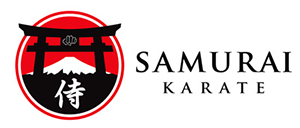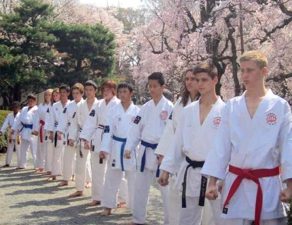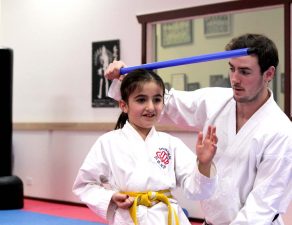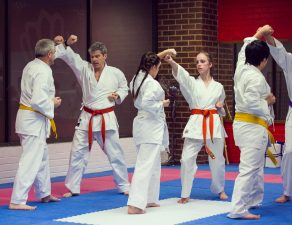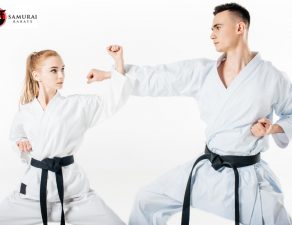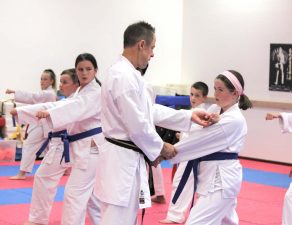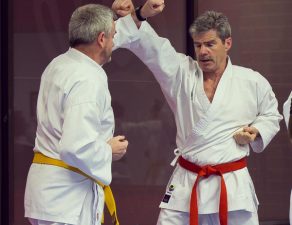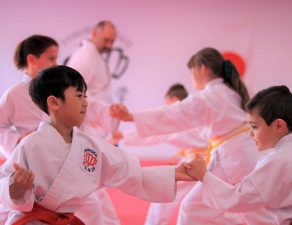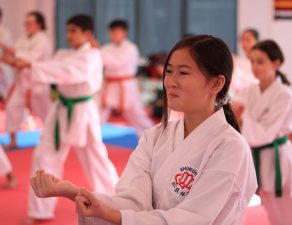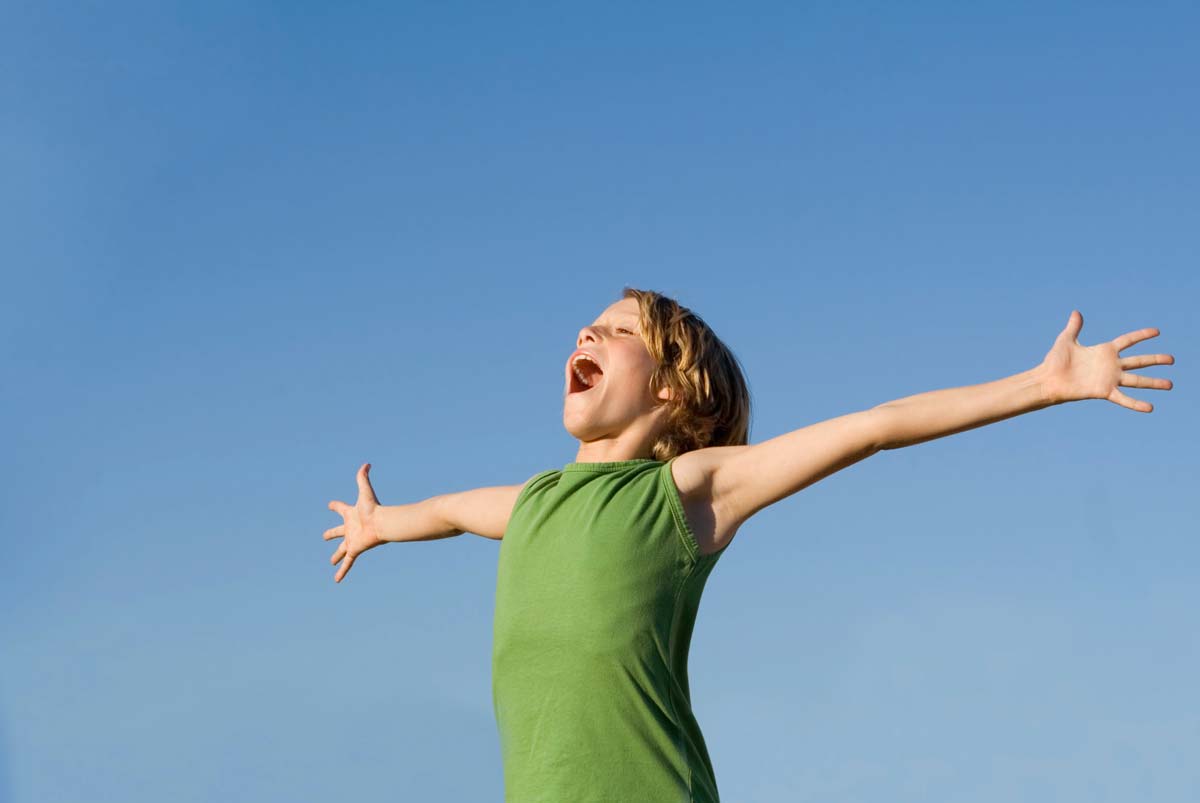
The word Karate come from a combination of two words “Kara”, meaning to lose oneself from the vices of greed and violence, and “Te”, which means hands. Controlled breathing is one of the tools a Karateka uses in getting rid of the urge to be greedy or violent. Controlled breathing entails striking a balance between breathing and time. For instance, in most martial arts, students are instructed to breath out when they strike. In some routines, students are instructed to shift between shallow breathing and deep breathing.
After students have mastered breathing techniques, they keep practicing them during training and competition. Breathing is considered one of the most important exercises in Karate because it bestows physical and emotional benefits to the practitioner. Breathing is the only physiological process of which we have voluntary and involuntary control. Controlled breathing changes subliminal energies in the body leading to better health and wellbeing. Moreover, controlled breathing can help deal with stress due its effect on the nervous system.
The Types of Breathing Exercises in Karate
- Diaphragmatic Breathing: This type of exercise starts by breathing deep into the lower belly four times using diaphragmatic muscles. Students are instructed to breath in through the nose and exhale through the mouth. Every inhalation and exhalation should be deep to the maximum, to make the abdominal muscle contract and relax with each breathe.
- Ribcage Breathing: This type of breathing is achieved by breathing in deeply four times while using the ribcage muscles, leading to the expansion of the ribcage. Inhalation should be done through the nose, while exhalation through the mouth. This type of breathing should be done carefully not to confuse it with diaphragmatic breathing.
- T-Spine Breathing: In this type of breathing, students are expected to breath four times while pulling air towards the back. This type of breathing can be challenging to new students. If done correctly, the student should feel his/her thoracic spine expand with each breathe. The inhalation should be done through the nose, while breathing out through the mouth.
- Chest Breathing: This is last type of breathing in Karate and is the easiest; it entails breathing in deeply using the standard method. If done correctly, the chest expands and shoulders stay raised while inhaling through the nose. During exhalation, relax to let your chest and shoulders to rest.
Karate instills a high sense of self-discipline and control among students. Controlled breathing plays a significant role in helping them develop a strong sense of discipline. Controlled breathing helps regulate emotions and stress level leading to an improved mental and physical health. This is the reason breathing is one of the most important exercises that your child is likely to benefit from if you enroll them in Karate classes.
